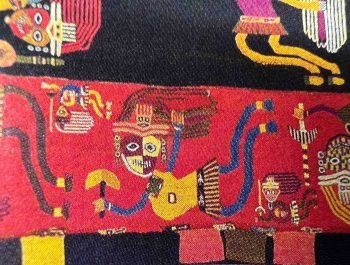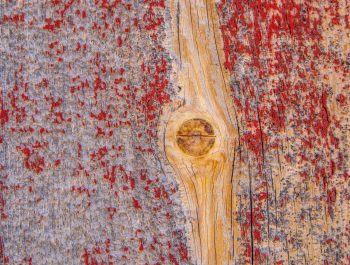The Language of Art Part 2 – Languages
Languages
It is tempting to think of languages as being only verbal languages and of the differences between verbal languages as being the different nationalities of languages. This is inaccurate. Languages are not just verbal. They are also visual, auditory, olfactory, touch, or even intuition. Languages can use any of our senses. The desire, the need I should say, to communicate transcends the limitations of verbal languages. While a lot of things can be expressed with verbal languages, many other things can be expressed with non-verbal languages. Not everything can be said with words. Some things can be said better, or only, with images, sounds, gestures, scents, music, or emotions.
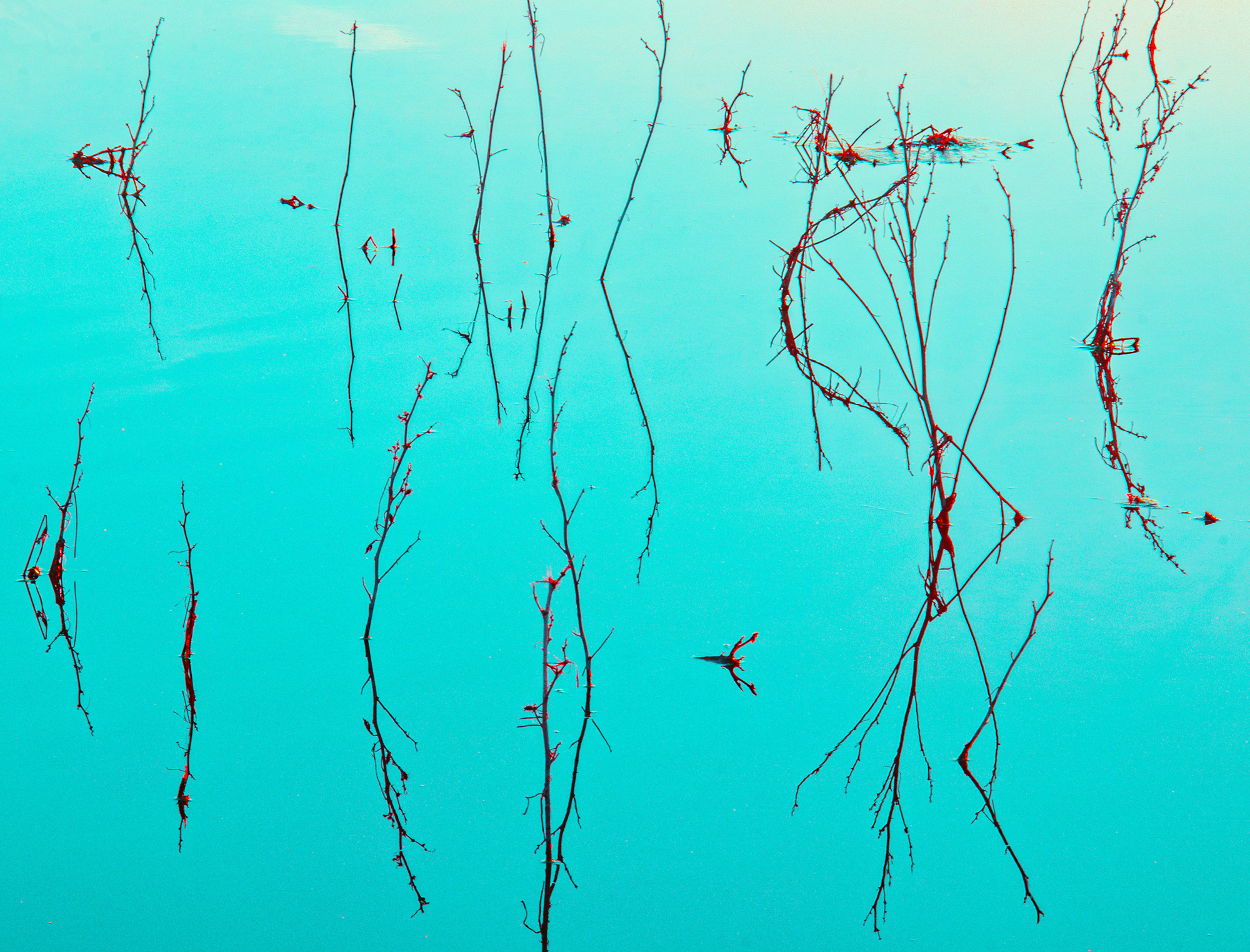
Art Language Fluency
Art is the language artists use to communicate. The language of art has grammatical rules and a vocabulary, just like verbal languages do. These grammatical rules and this vocabulary are fundamentally different than they are in verbal languages. The grammatical rules are not the same. In the language of art, grammar does not refer to how words are organized in sentences. It refers to a visual form of organization, to a visual grammar that is based on how objects, elements, and colors are organized in a two or three-dimensional space. Similarly, the vocabulary of art does not refer to words. It refers to colors, contrast, elements, depth, space, format, and more. Together the grammar and the vocabulary of art form a Lexicon. Being fluent in the language of art means knowing this lexicon to be able to speak and read this combination of grammatical rules and vocabulary that form the language of art.
By implication, lacking fluency in the language of art means not knowing the vocabulary or the grammar of art. For example, the lack of fluency in visual languages is evident in the general public inability to detect manipulated photographs of landscapes or other subjects. This means that the general public is unfamiliar with the language of manipulated photographs. They are not fluent in this language. They do not speak this language, and they do not understand what is being said by people who speak it. Their commentaries are, therefore, limited and are best understood as the commentaries of viewers who do not understand what is being said visually by the images they comment upon.
Often, the commentaries of people not fluent in the art language are the expressions and the reactions of people who feel manipulated. This is similar to feeling manipulated when faced with a verbal language we do not understand, even though there is no indication of manipulation on the part of the speaker or, in this case, the visual artist. There is simply a lack of understanding or incomprehension on the part of the audience.
So, what is behind the public’s negative reaction, being them calling images they do not understand manipulations? Simply a misunderstanding of how visual languages work. This audience assumes that visual languages are automatically decipherable. They believe that because images, or photographs, communicate through a visual language, the audience has an innate ability to understand their meaning automatically.

This is not the case. Visual languages, whatever the medium used, are no more intuitively understandable than verbal languages. In fact, other types of languages, music for example, are similarly non-understandable to those who are not fluent in those languages. Language comprehension requires learning, either formally or culturally. Familiarity is essential to the proper comprehension of a language. Otherwise, we are no different than someone faced with a language –words, sounds, images or other– that we do not understand. In the case of photographs, it is only the visual presence of an image, the physical representation of ‘something,’ that lures us to believe that we can understand its meaning.
Here, Hermes, the Greek god of communication, often referred to as the trickster, is at work messing up the communication between the sender and the recipient by changing the meaning of the original message between its origin and its delivery. What we understand is not what we are told or shown in the instance of a photograph. The message we decipher is not the message that was sent to us. We would be better off saying, ‘I don’t understand.’ But somehow, this option eludes us. We prefer to believe that we are deciphering a fraud, that we are exposing a manipulative attempt, and that we are, in short, being duped.
The remarks above may seem confusing. After all, the point I made earlier about verbal languages being incomprehensible to non-speakers does not fully apply to the visual arts, or to music, to use only two examples of non-verbal languages. People do see images placed in front of them, and they do hear music played on their speakers. So, what is the problem? What more do they need in order to get the message?
The answer is that when dealing with non-verbal language, an untrained audience gets only part of the message the artist is sharing through their work. To get the entirety of the message they need a higher level of fluency. There is no doubt that they see the images and that they hear the music. Visual and auditory messages are accessible to all as long as we can see and hear. However, the part of the message received by a non-fluent art speaker is limited by the level of fluency of this viewer or listener.
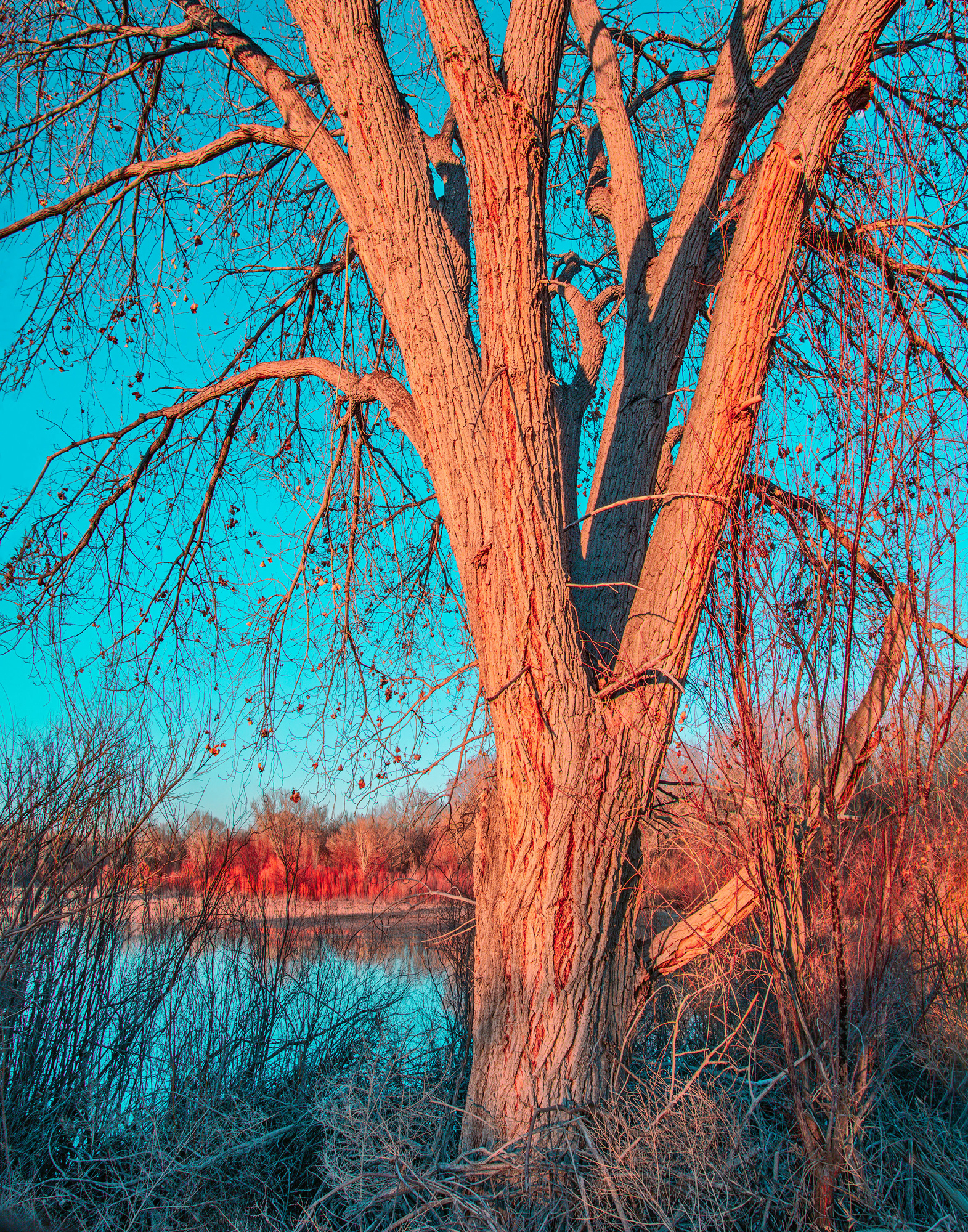
A non-fluent speaker cannot reach the deeper levels of understanding, or the more sophisticated appreciation, that a fluent speaker enjoys. Someone with a superficial knowledge of music can certainly say ‘this is classical music.’ Someone with a higher level of musical knowledge may say, ‘This is Beethoven’s 5th symphony.’ But only someone fully versed in classical music can say ‘This is Beethoven’s 5th symphony played by the Berlin Philharmonic orchestra led by Sir Simon Rattle.” Knowledge brings fluency, and, in this instance, fluency means a sophisticated understanding of the music being played.
The same situation plays out when people not familiar with the language of photography look at digital landscape photographs. They see that these are images of nature. But they are unsure about the reality of the images. However, the clues are there in regard to how the images were captured and what was done to them in post-processing. The focal length of the lens used, the level of saturation and contrast, the shape of the elements, the presence or absence of distortion, the artifacts of film or digital capture, the type of printing paper used, and more are visible in the image. However, because they are not able to decipher the grammar and the vocabulary of the photographs, they are unable to read this information and, therefore, cannot fully make sense of what is being said by the artist.
Conclusion
I will return to the issue of manipulation in a future essay. For now, I want to conclude the complex points I made in this second essay. The language of art can be misleading, confusing or simply obfuscating. However, it is no more confusing than trying to understand a foreign language in which we are not fluent. The experience is frustrating. We hear sounds, but we do not derive meaning from it. We imagine all sorts of things that these sounds might mean without ever being right about what is said. We cannot translate what we hear in the language we speak.
The same phenomenon takes place when we look at art without being fluent in the language of art or the language of a specific artist or movement. What we see is unintelligible to us, yet we try to translate it into the language we speak. This is, in appearance, no different than trying to translate Thai, or any language we are not fluent in, into English. However, in reality, the translation process of art into English is quite different.
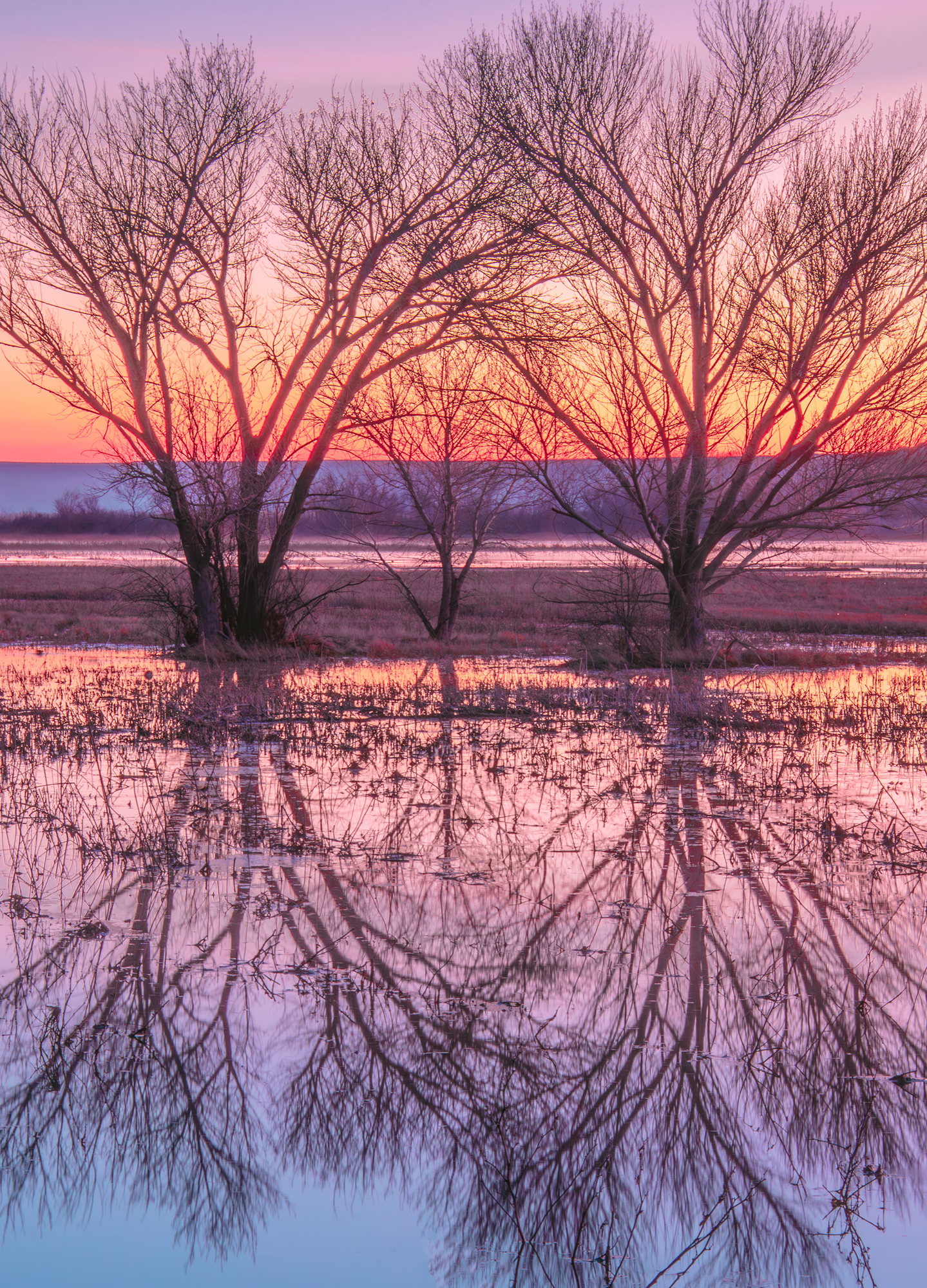
First, we are not translating a verbal language into another verbal language. We are translating a visual language into a verbal language. Second, we cannot assume that because this language is visual, we can recognize the shapes, the forms, and the colors because they look like the shapes, the forms, and the colors we are familiar with.
We must not believe these to be similar or to represent elements we see in our everyday activities. To understand what we see accurately, we cannot assume that what is in the photograph exists in the real world. In short, we cannot take it for granted that we can translate a language we do not understand and are not fluent into the language we speak every day.
When this endeavor fails, the outcome is an opinionated evaluation of the work of art. I say opinionated because we end up making a judgment call about the way the artist represents what we believe to be reality. Often, especially in the case of modern art, this opinion is negative. We believe, through our misled translation of a visual language that we do not understand into our everyday verbal language, that the artist made a poor reproduction of everyday life. We assume that what we see in the painting is childlike, unprofessional, and not any better than what we could paint ourselves. We get confused about what we are looking at. We do not understand the artistic or financial value placed upon the work. In some instances, we are left to wonder if the artwork we are looking at is garbage or an actual work of art. As one of my art teachers put it, ‘When I go to an art exhibit today (this was in the late 70s) and I see an empty pack of cigarettes on the floor, I don’t know if it is art or detritus, and I cannot decide whether to admire it or pick it up and throw it in the trash.’
This commentary by one of my teachers was a commentary of the state-of-the-art scene in the late 70s rather than a demonstration of his lack of knowledge of the language of art. This teacher was fluent in the language of art but was not fond of the Modernist movement, to say the least. His reaction was no different than that of traditional landscape photographers today who, when confronted with manipulated landscape imagery, point to the fact that no one can tell if this is real or not despite the fact that they, being professional photographers and thus fluent in the language of art, actually can tell that it is manipulated. This is an important issue to which I will return in my next essay because it is worthy of further examination.
About Alain Briot
I create fine art photographs, teach workshops with Natalie and offer Mastery Tutorials on composition, image conversion, optimization, printing, business and marketing. I am the author of Mastering Landscape Photography, Mastering Photographic Composition, Creativity and Personal Style, Marketing Fine Art Photography, and How Photographs are Sold. All 4 books are available in eBook format on our website at this LINK. Free samplers are available.
You can find more information about our workshops, photographs, writings, and tutorials, as well as subscribe to our Free Monthly Newsletter on our website. You will receive 40 free eBooks when you subscribe.
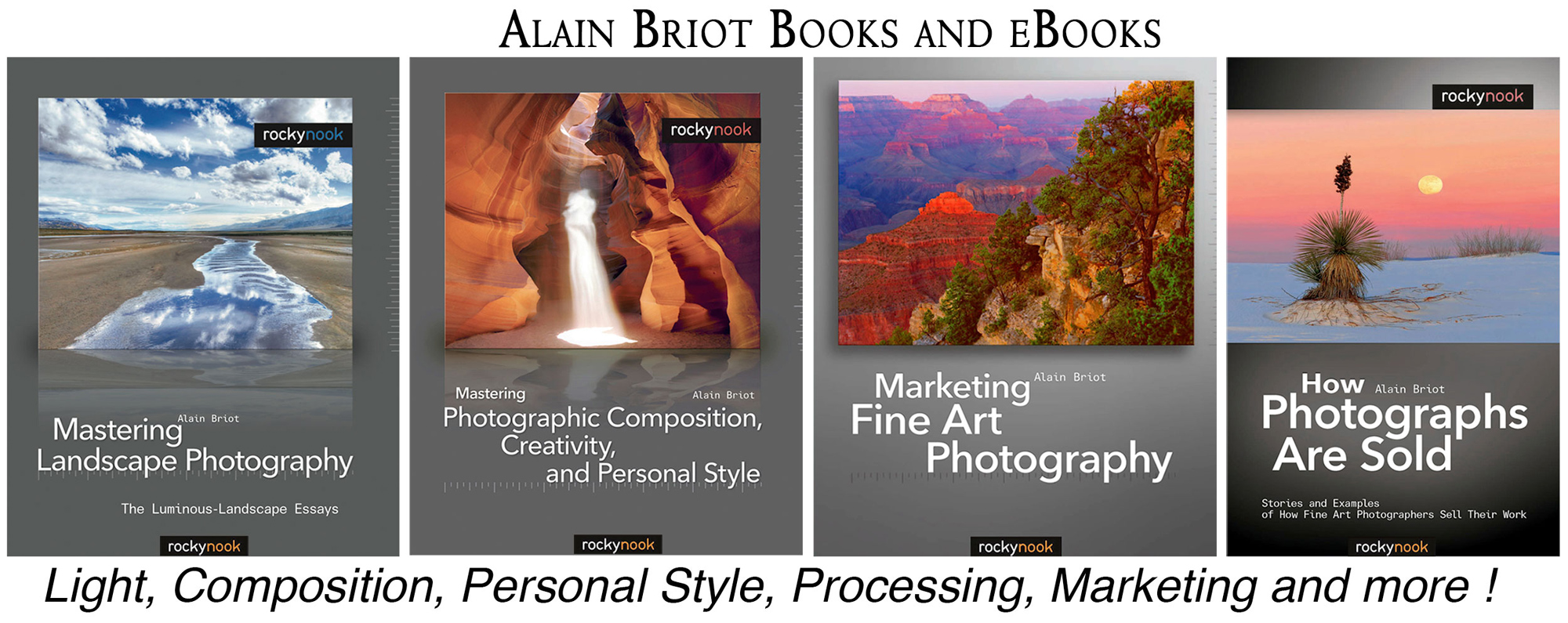
Studying Fine Art Photography With Alain and Natalie Briot
If you enjoyed this essay, you will enjoy attending a workshop with us. I lead workshops with my wife Natalie to the most photogenic locations in the US Southwest. Our workshops focus on the artistic aspects of photography. While we do teach technique, we do so for the purpose of creating artistic photographs. Our goal is to help you create photographs that you will be proud of and that will be unique to you.
The locations we photograph include Navajoland, Antelope Canyon, Monument Valley, Zion, the Grand Canyon, and many others. Our workshop listing is available at this LINK.
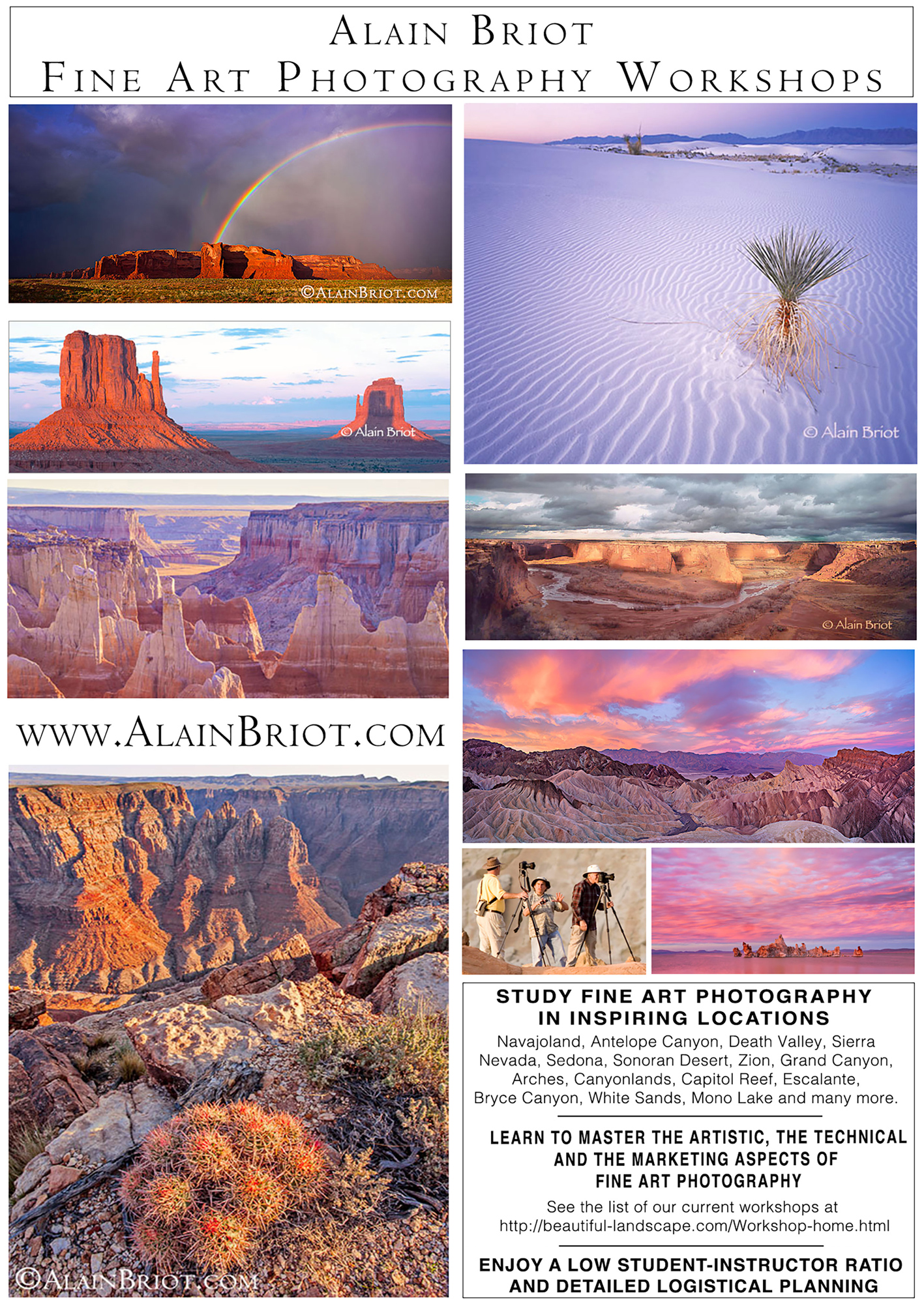
Alain Briot,
April 2023
Glendale, Arizona
Author of Mastering Landscape Photography,Mastering Composition, Creativity and Personal Style, Marketing Fine Art Photography, and How Photographs are Sold. http://www.beautiful-landscape.com [email protected]






